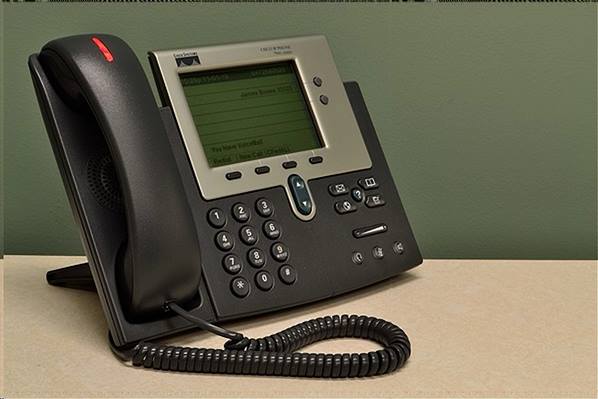
Customers have higher expectations than ever, and their satisfaction directly impacts your company’s success. As a manager, it’s your responsibility to lead the charge in enhancing the customer experience.
This guide explores the strategies, best practices, and tools you can use to improve your company’s customer experience and create lasting, positive relationships with your clients.
Understanding the Importance of Customer Experience
With the abundance of choices available to customers, their expectations have reached new heights. They seek more than just a product or service; they demand a seamless, convenient, and personalized experience. Loyal customers return for repeat business and serve as brand advocates, promoting your company to their network. Customer experience directly affects your company’s bottom line. Research shows that businesses focusing on customer experience outperform their competitors.
Happy customers are willing to spend more and stay longer with your brand. For this reason, some providers of call centre outsourcing solutions for businesses suggest focusing on customer experience as a fundamental element of success in today’s business landscape. By outsourcing customer support, you can access a team of experienced professionals specializing in delivering top-notch customer service. They can handle a variety of support channels, ensuring that your customers receive the assistance they need whenever they require it.
Assessing Your Current Customer Experience
You must assess your current state to improve your company’s customer experience. This evaluation helps identify strengths and weaknesses, providing a foundation for targeted improvements. Create a visual representation of the customer’s journey with your company, from initial awareness to post-purchase interactions. This map helps identify pain points and areas for improvement. Gather feedback from your customers. Analyze this feedback to pinpoint recurring issues and customer preferences. Engage in mystery shopping or utilize third-party services to evaluate the customer experience from an objective standpoint.
Defining Your Customer Experience Goals
With a clear understanding of your current customer experience, it’s time to set specific goals for improvement. These goals should align with your company’s overall vision and mission. Here are some common customer experience goals:
- Increase Customer Satisfaction: Enhance customer satisfaction by addressing pain points and improving communication.
- Reduce Response Times: Streamline your customer support processes to provide faster response times and resolutions.
- Personalize Interactions: Tailor customer interactions to individual preferences and needs.
- Improve Website Usability: Enhance the user experience on your website, making it easier for customers to find information and complete actions.
Empowering Your Team
Improving customer experience requires a collaborative effort across your organization. As a manager, it’s your role to empower your team to provide outstanding service. Ensure your team is adequately trained in customer service skills, including active listening, empathy, and conflict resolution. Communicate your customer experience goals and expectations to your team. They should understand the company’s commitment to exceptional service. Engage your team by involving them in the improvement process. Encourage them to share insights and ideas for enhancing the customer experience. Provide the necessary resources and tools to help your team deliver excellent service. This may include technology, training materials, or access to customer data. Recognize and reward employees who consistently have exceptional customer experiences. Incentives and acknowledgment can motivate your team to excel.
Personalizing Customer Interactions
Personalization is a critical element of an outstanding customer experience. Customers appreciate when a company understands their unique needs and preferences. Here’s how to personalize customer interactions:
- Customer Segmentation: Divide your customer base into segments based on characteristics such as demographics, purchase history, and behavior. Tailor your interactions to each segment’s specific needs.
- Personalized Recommendations: Use customer data to provide product or service recommendations that align with their preferences and past behavior.
- Customized Communication: Address customers by name, send personalized emails, and tailor marketing messages to individual preferences.
- Predictive Analytics: Utilize predictive analytics to anticipate customer needs and offer proactive solutions.

Continuously Improving the Customer Experience
Improving the customer experience is an ongoing process that requires commitment and dedication. Schedule regular reviews of your customer experience goals and progress. Identify what’s working and what needs adjustment. Be open to change and adapt your strategies as needed. Market trends and customer expectations evolve, and your approach should, too. Maintain an ongoing feedback loop with customers. Regularly solicit feedback and use it to adjust your processes and interactions. Continue to empower your team by providing ongoing training and support. Encourage them to share insights and ideas for improvement. Stay informed about industry trends and best practices in customer experience. Implement strategies that align with these trends.
Improving your company’s customer experience is not just a business strategy; it’s a commitment to your customers. By understanding the importance of customer experience, setting clear goals, empowering your team, personalizing interactions, implementing effective communication, leveraging technology, measuring feedback, and continuously improving, you can create a customer experience that sets your company apart in a competitive marketplace. Remember that customer experience is a dynamic field; as customer expectations evolve, so should your strategies. By embracing the principles outlined in this guide and continuously seeking opportunities to enhance the customer experience, you’ll satisfy your customers and build lasting, loyal relationships that drive your company’s success.




